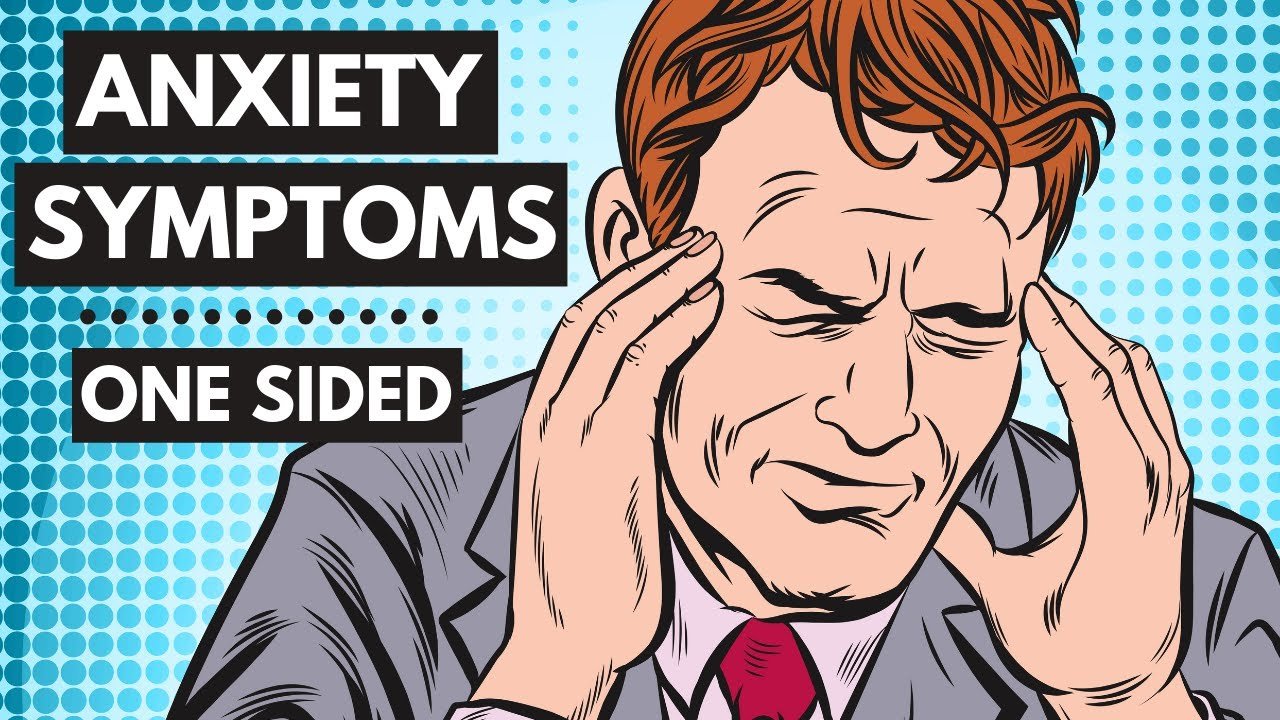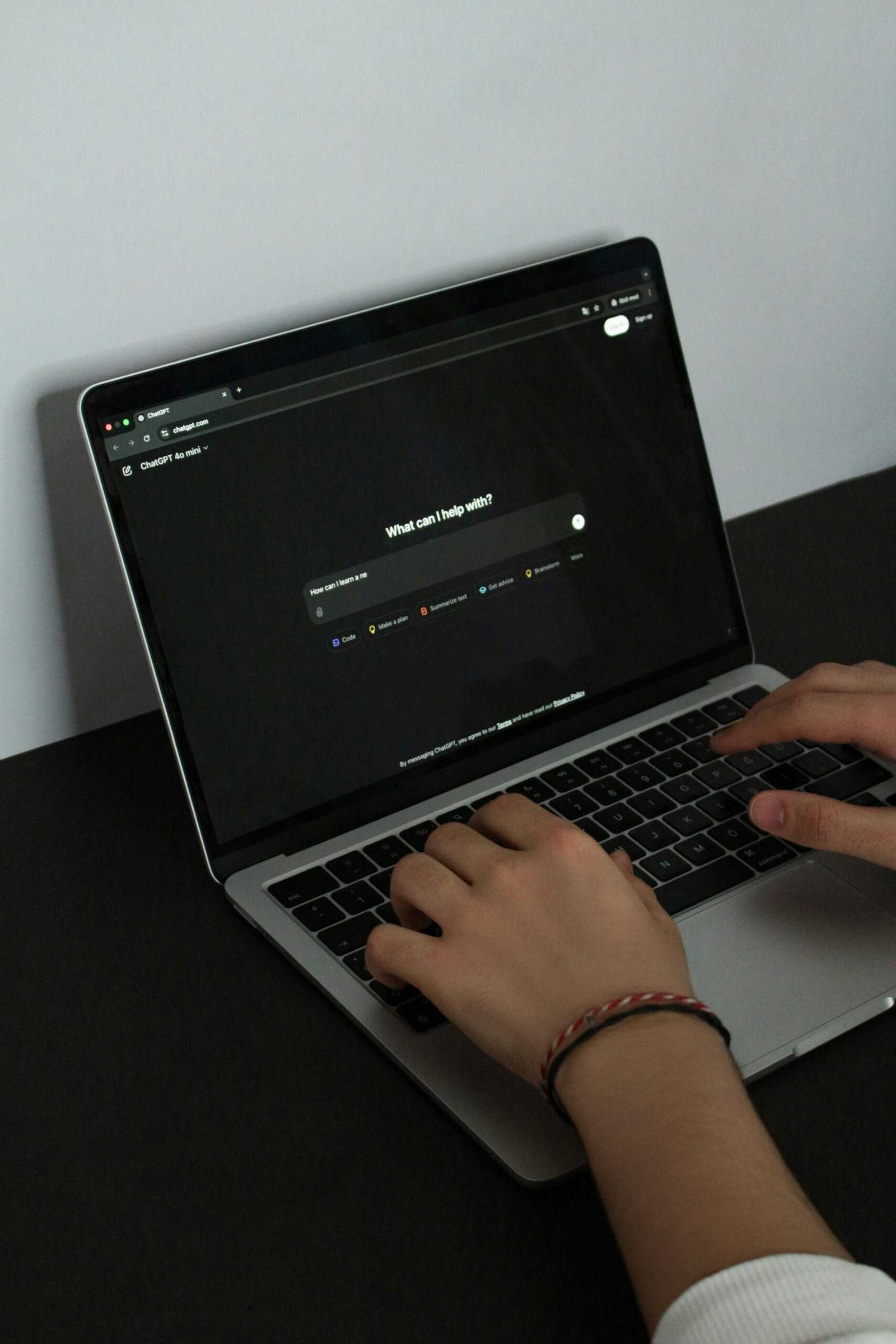Dr Millia, Psychiatrist & Trauma Specialist
Anxiety is more than just feeling nervous from time to time. It is in real time, a physical experience that affects our mind and body. Sometimes, feels persistent like a low vibration always present within us and other times, as an attack without warning. Many people live with anxiety every day, often not realizing their physical aches, racing thoughts, or restlessness are all related.
Knowing the symptoms makes a big difference. It helps you spot the early signs, understand what’s happening, and take steps that support your well-being. This guide breaks down what anxiety can look and feel like so you can recognize it and know when to seek help.
What Is Anxiety?
Almost everyone knows the feeling of butterflies in their stomach before a big event. But clinical anxiety is different. It often sticks around even when there’s no clear reason, and it can take over your mind and body in ways that normal stress never does.
Everyday Stress vs. Clinical Anxiety
We all feel stress at times. Daily pressures from work, family, or school can make your heart race or your hands sweat. This type of stress usually fades once the situation is over.
Clinical anxiety doesn’t fade with time. It can pop up with no obvious cause or linger long after the stressor is gone. Anxiety might feel like:
- Worry that sticks and won’t let go, even over small issues.
- Fear that keeps you from enjoying life or doing everyday things.
- Uneasy feelings that hang around for weeks or months.
A good way to picture the difference: Stress is like a rainstorm—you get wet but dry off soon after. Anxiety is more like walking through a fog that doesn’t lift.
How Anxiety Works in the Brain and Body
Anxiety changes how your brain responds to stress and danger. Your body might act like it’s facing real threat, even when it’s safe. This reaction can cause:
- Faster heartbeat or sweating.
- Trouble thinking or making decisions.
- Tense muscles or feeling tired all the time.
If these feelings get stronger or start to control your day-to-day life, it could be a sign of an anxiety disorder. Anxiety disorders involve much more than the occasional worry or fear. They can last a long time and affect many parts of life.
Types of Anxiety Disorders
Anxiety isn’t one-size-fits-all. There are several types, each with its own signs:
- Generalized Anxiety Disorder (GAD): Regular, long-lasting worry about many things, even when there’s little clear reason.
- Panic Disorder: Sudden waves of intense fear, often with physical symptoms like chest pain or shortness of breath.
- Social Anxiety Disorder: Deep fear of being judged or embarrassed in social settings.
- Specific Phobias: Intense fear of certain things or situations, like heights, flying, or spiders.
Common Physical Symptoms of Anxiety
Anxiety doesn’t just play out in your thoughts. It often shows up in the body in ways that feel real and sometimes even scary. These physical symptoms can make anxiety even harder to manage. Understanding what these signs look and feel like can help you notice when anxiety is creeping in—and remind you that you’re not alone. Here are some of the most common physical symptoms tied to anxiety.
Heart Palpitations and Chest Pain
A racing or pounding heart is one of the first things many people notice during anxious moments. Your heart may skip beats, feel like it’s hammering in your chest, or even flutter oddly. Sometimes, chest pain can follow. It’s easy to mistake these feelings for a heart problem, but they’re often your body’s response to stress.
- Why does it happen? Anxiety triggers your “fight or flight” response, flooding your body with stress hormones like adrenaline. This boosts your heart rate and can tighten chest muscles.
- It can feel intense, but most of the time, these heart symptoms aren’t dangerous.
- If chest pain feels severe or comes with shortness of breath, get medical help to rule out heart issues.
Chest tightness and rapid heartbeat are classic anxiety symptoms, reminding us how closely tied our emotions and bodies can be.
Shortness of Breath
That uncomfortable feeling when you can’t quite catch your breath? It’s common with anxiety. You might sigh a lot, yawn, or feel like you can’t take a deep enough breath.
- Anxiety can make you breathe faster and more shallow, which sometimes feels like you’re not getting enough air.
- This symptom often shows up suddenly and can make folks feel lightheaded or dizzy.
Most of the time, it passes after a few minutes. Focusing on slow, steady breathing can help. Still, if breathlessness lingers, check with a doctor to rule out asthma or other health problems.
- Trembling may be mild, like a soft heartbeat in your hands, or more obvious, making it hard to hold small objects.
- Sweating could be as simple as clammy hands or as intense as soaking through clothes in minutes.
- These symptoms might make you want to leave situations where you feel nervous, but know they’re temporary and common among those with anxiety.
Fatigue and Sleep Disturbances
Anxiety can leave you feeling wired and tired at the same time. This odd mix drains your energy and can mess with your sleep.
- Falling asleep or staying asleep gets tough when your mind won’t turn off.
- You might wake up often, have restless dreams, or feel groggy even after a full night in bed.
- Some people notice muscle aches and tension that linger all day due to anxiety-induced lack of real rest.
Tiredness that sticks around—no matter how much you sleep—can be a sign of ongoing stress. Persistent sleep problems and lingering fatigue are strong clues that anxiety is affecting your body as much as your mind.
Learning about these physical symptoms can help you take the next step toward feeling better—whether that means finding new coping strategies or reaching out to someone for support.
Emotional and Psychological Symptoms of Anxiety
Anxiety doesn’t just show up in your body—it can take over your thoughts, emotions, and even how you see yourself and others. Emotional and psychological symptoms can be just as tough as the physical ones, sometimes even harder to spot. You might notice your mood shift or find your mind racing with thoughts you can’t seem to turn off. Here’s how anxiety can shape your everyday thinking and feeling.
Excessive Worry and Fear
A hallmark sign of anxiety is worry that won’t quit. This isn’t just the nervousness before a big meeting or test. It’s the kind of worry that loops all day, pressing down like a constant weight on your chest or mind. People living with anxiety often say their fears jump straight to the worst-case scenario, even when things seem okay from the outside. Everyday tasks, like driving or talking on the phone, can suddenly feel overwhelming.
What does this look like in real life?
- Constantly running “what if” scenarios in your head
- Overthinking things you said or did hours—or even days—after the fact
- Struggling to relax even when nothing’s wrong
Restlessness and Irritability
It’s common to feel jumpy, edgy, or on high alert with anxiety. Your body might feel like it’s running on caffeine—even when you haven’t had any. Restlessness can leave you pacing, fiddling with your phone, or unable to sit still. The wheels in your mind keep turning, and you never fully settle.
This can spill over into your mood. Little things—like a noise you’d usually ignore or a minor mistake—can set you off. You may notice:
- Feeling easily annoyed or “snappy”
- Short temper with loved ones or coworkers
- Needing constant movement or distraction to stay calm
This irritability is a signal from your mind and body that all is not well. Restlessness is more than a bad mood; it’s your system staying on “alert” even when safe.
Difficulty Concentrating
Anxiety scatters your thoughts. Staying focused on tasks—whether it’s work, school, or even watching a TV show—becomes a struggle. Your mind jumps from worry to worry, making it hard to remember details or follow conversations.
Signs of anxiety-related “brain fog” can include:
- Forgetfulness about appointments or important dates
- Trouble finishing tasks or making decisions
- Feeling like your mind goes blank when you need it most
This symptom is frustrating for many and often mistaken for simply being distracted or lazy. It’s not about willingness; anxiety can make clear thinking feel out of reach.
These emotional and psychological symptoms often come bundled with physical symptoms, creating a cycle that feeds itself. When anxiety clouds your thinking and hijacks your mood, it’s a reminder that anyone dealing with it faces real, everyday challenges—both inside and out.
Behavioral Changes and Their Impact
Anxiety isn’t just about feeling on edge or restless—it’s about the habits and patterns that quietly take hold in daily life. When anxiety lingers, it often triggers behavior changes that can keep you stuck in a cycle of fear, worry, and isolation. Recognizing these patterns early can help you make healthy choices or reach out before habits become hard to break.
Avoidance Behaviors
Avoidance is one of the most common responses to anxiety. When something causes stress or fear, it’s natural to pull away. Many people living with anxiety avoid certain people, places, or activities that trigger their symptoms. Over time, though, this habit makes anxiety worse. The list of things you avoid may grow, shrinking your world bit by bit.
Key signs of avoidance include:
- Skipping events, meetings, or social invitations because of worry
- Taking longer routes to dodge crowded places
- Making excuses not to try new things or face feared situations
Compulsive or Repetitive Actions
Compulsive or repetitive actions are another way anxiety shows up in daily life. Some people wash their hands repeatedly, check locks or appliances, or repeat certain phrases in their head. These rituals are not always visible to others, but they’re exhausting to those living with them.
Common examples can include:
- Checking that the door is locked multiple times before leaving home
- Washing hands repeatedly, far more than is needed for hygiene
- Repeating steps, rituals, or phrases for reassurance
Withdrawal from Social Activities
When anxiety rises, social life is usually the first thing to take a hit. You may stop returning calls, skip group outings, or find reasons to stay home. Over time, social withdrawal becomes a pattern. It’s more than just being “shy” or needing alone time—withdrawal is about fearing embarrassment, judgment, or even panic in public.
People with social withdrawal often notice:
- Canceling plans at the last minute
- Pulling away from friendships and family
- Spending most of their free time isolated
Isolation can lead to more anxiety and, in some cases, depression.
When to Seek Help and Next Steps
Anxiety has a way of sneaking into every part of life—thoughts, sleep, relationships, work. Sometimes it’s easy to brush off symptoms or wait for a “better day,” but there are important moments when reaching out matters most. If anxiety makes life feel smaller or heavier, you don’t have to figure it all out alone. Paying close attention to a few warning signs can help you know when it’s time to get extra support.
Signs That You Should Seek Help
Not all anxiety needs professional care, but sometimes extra support makes a world of difference. Watch for these signs:
- Symptoms last for several weeks or get worse over time.
- Worry or fear is so strong it interrupts work, school, or daily life.
- Physical symptoms, like chest pain or trouble breathing, become intense.
- Avoiding people, situations, or activities more often.
- Feeling on edge, hopeless, or irritable most days.
- Difficulty coping with everyday tasks, even simple ones.
- Trouble sleeping that leads to exhaustion or low energy.
- Thoughts about harming yourself or feeling like you can’t go on (get help immediately if this is the case).
Professional Treatment Options
There’s no one-size-fits-all solution for anxiety, but a mix of options can bring real relief. Treatment is most effective when matched to personal needs and goals. Sometimes talk therapy does not get to the heart of anxiety. Sourcing the root of the anxiety, the origins help transform anxiety to our strengths.
Therapy: Internal Family Systems helps change anxious thoughts and reactions by going to the roots that started the anxiety.
What is Internal Family Systems (IFS) Therapy?
IFS therapy views the mind as a complex inner world of distinct “parts,” like members of an internal family. Each part carries specific roles, emotions, and intentions. Some protect us, some carry pain, and others try to help us function. Together, they form our internal system.
- IFS therapy helps calm anxious parts by building internal trust.
- It teaches you to meet fear with compassion, not avoidance.
- Anxiety softens as wounded parts feel heard and understood.
- IFS strengthens your Self, creating inner safety and balance
To learn more about IFS Therapy Click here: Internal Family Systems Therapy
Most people will face anxiety at some point, but no one has to face it alone. Sharing your story or supporting someone else can help make the topic less scary. Remember, every small step you take matters. Thanks for reading—your time and effort to learn more show courage and care for yourself and others. If you found this helpful, share your thoughts or pass it along to someone who might need it.









